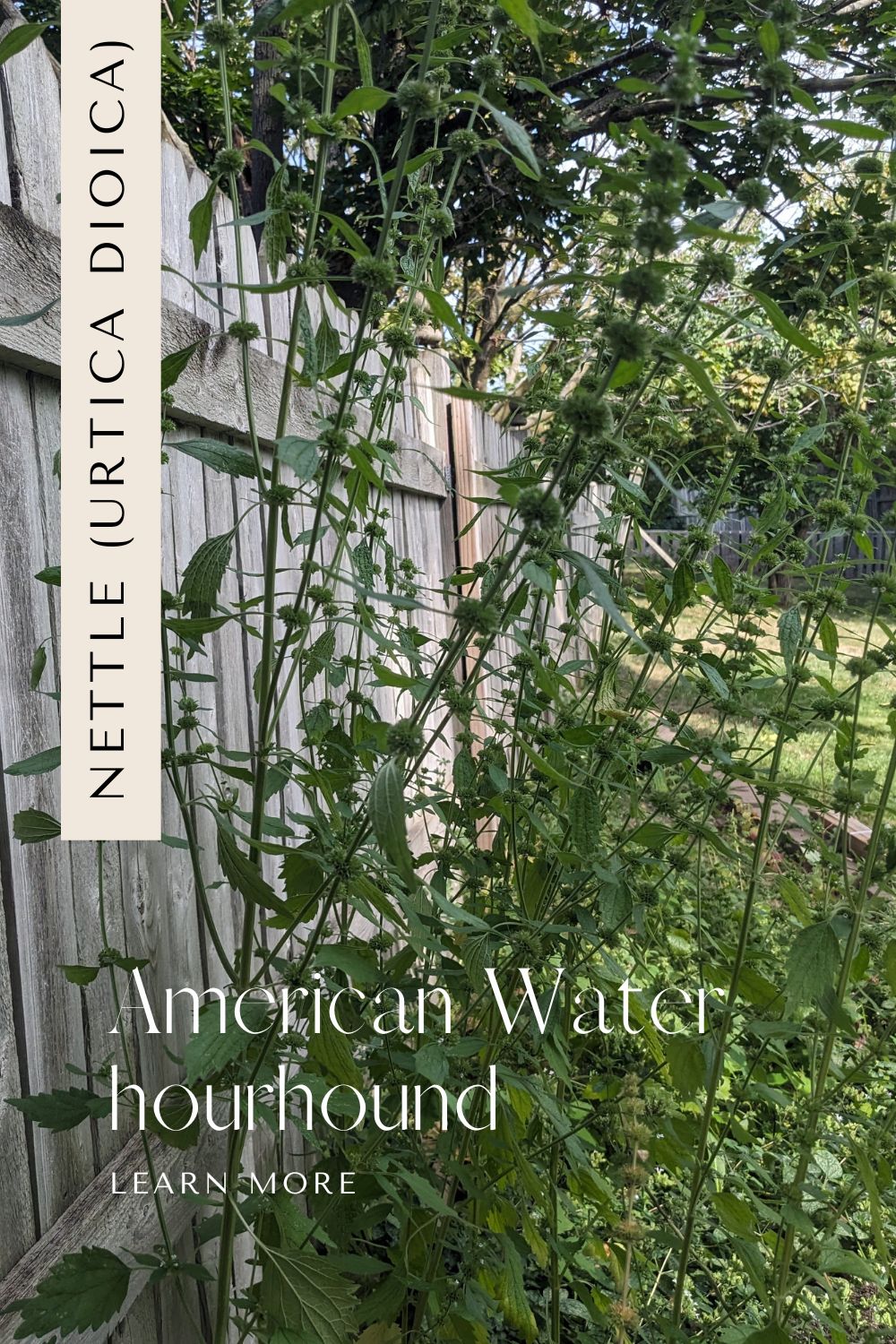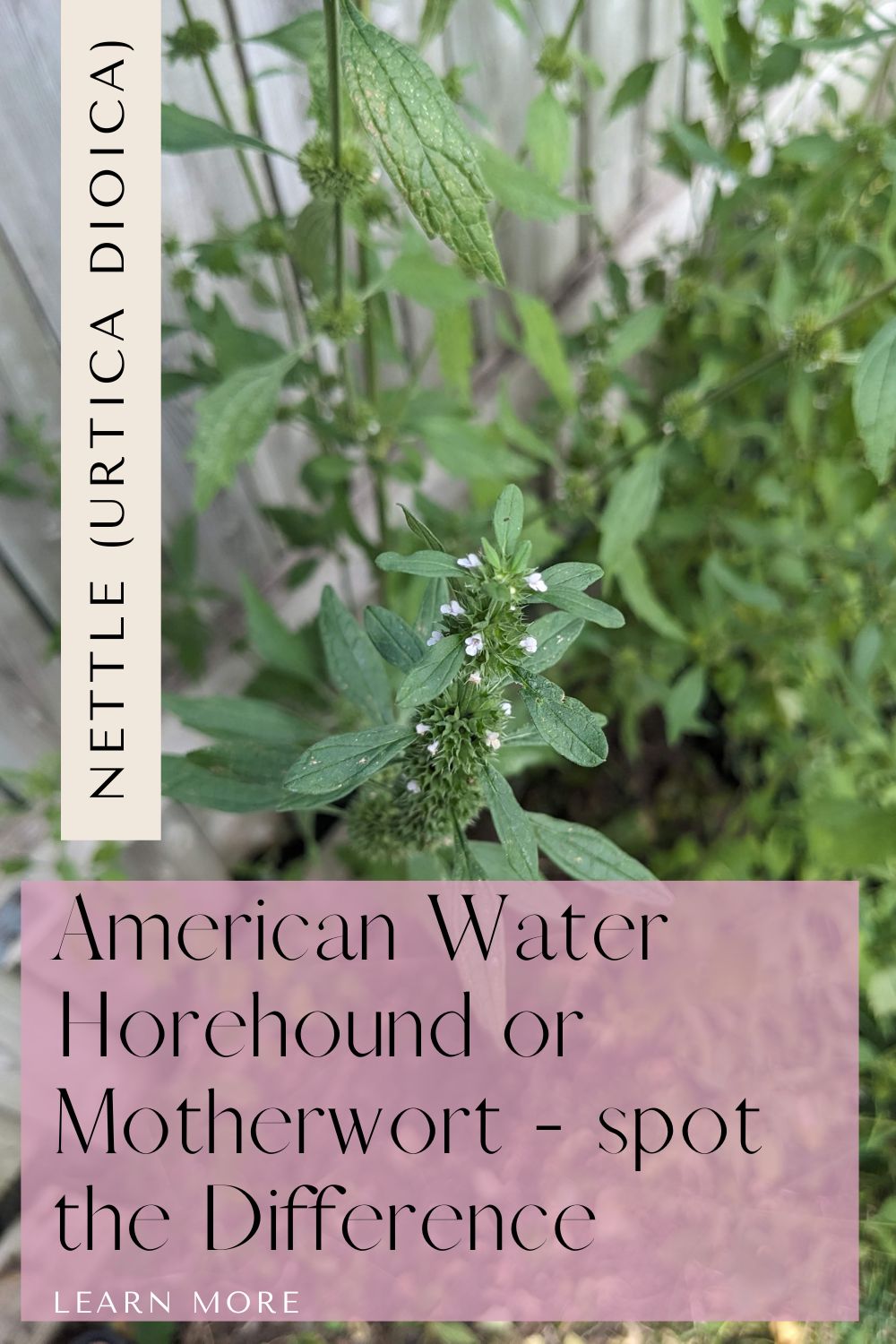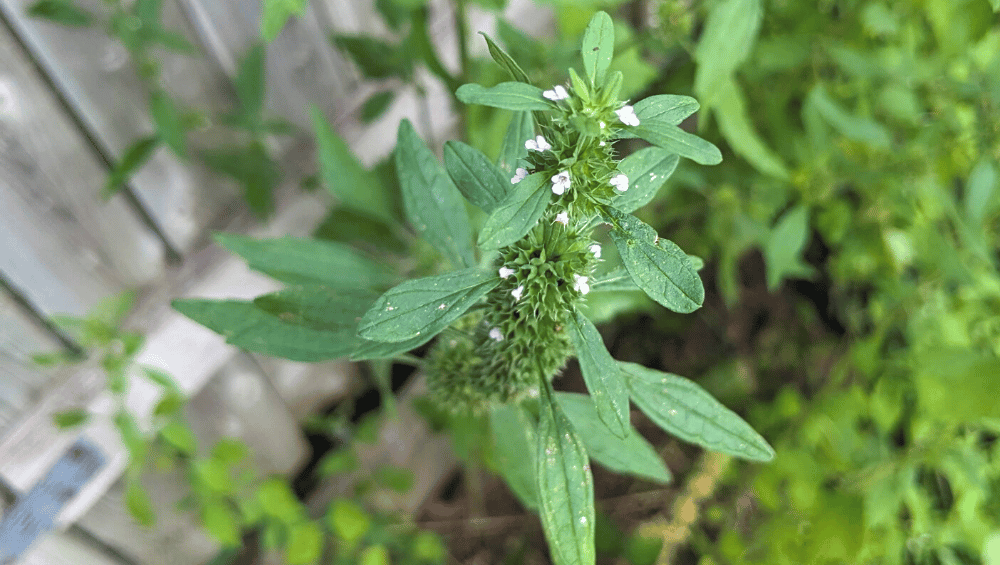
Unlocking the Secrets of American Water Horehound
Demystifying American Water Horehound: A Guide for Beginner Herbalists
American Water Horehound is a common plant that can be found growing alongside wetlands and moist soil. This plant is a prolific self-seeder. So, there is a chance that American Water Horehound could pop up in your yard without permission.
American water horehound may also go by American Bugleweed and cut-leaf bugleweed. To those that are newer to herbalism or plant identification, the American Water Horehound can sometimes and very easily be confused with common motherwort. Which frequently can grow wild and free. Both can be found on the edges of woodlands and in moist soil.
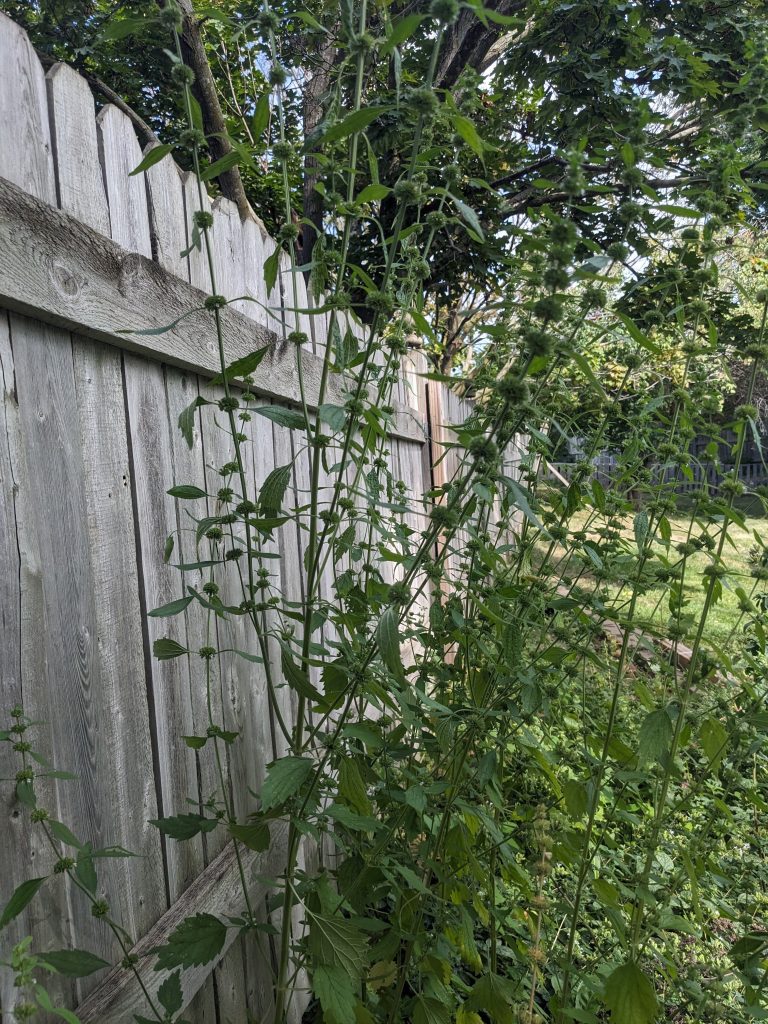
I first came across American Water Horehound when it popped up in my herb garden. A mostly shaded spot that warrants much cooler and most conditions than the other full sun areas in my yard. At first, I thought this plant was motherwort. Using my handy-dandy plant identifier app also pointed towards motherwort. So, not needing it, I let it grow, observed its growing patterns, and took time to connect with its spiritual energy.
As I always recommend, if you are starting your herbalism journey, get growing! Start with plants that are relatively easy to grow and can be done either directly sow or in pots. You can read more about the starter plants I suggest here. Then, take your time to observe the plant’s energy. How it grows and changes as the season moves through. I let plants I am new to and know I want to work with grow a year without harvesting, but just observing. This gives me time to connect with the plant and learn from it things that books cannot teach.
We must remember that plant medicine has a whole other side that goes beyond scientific studies and testing. There are times when the spiritual energy of the plant is needed more. So, we mustn’t forget to listen to the plants as well.
Now, let us get back to American Water Horehound.
As the plant grew throughout the summer, I continuously checked my plant app and other books. I was trying to conclude that, yes, this is motherwort. But there was a nagging unsure feeling. Thankfully, I have some great Facebook groups, and these contributors provide a wealth of knowledge.
Second-guessing myself, I decided to see what other herbalists thought about my mystery plant. Many also thought motherwort, then some other guesses that I was quickly able to cross out.
Then, one fellow herbalist mentioned American bugleweed, a plant I had not heard of.
Identifying American Water Horehound: Key Characteristics
American Water Horehound belong to the Lamiaceae or mint family, and so do the others. So, both plants will have hardy and sturdy square stems. Even though these plants belong to the mint family, there is little to no aroma. So, if you are looking for that classic mint aroma to help identify, this isn’t going to help you here with Motherwort and American Water Horehound.
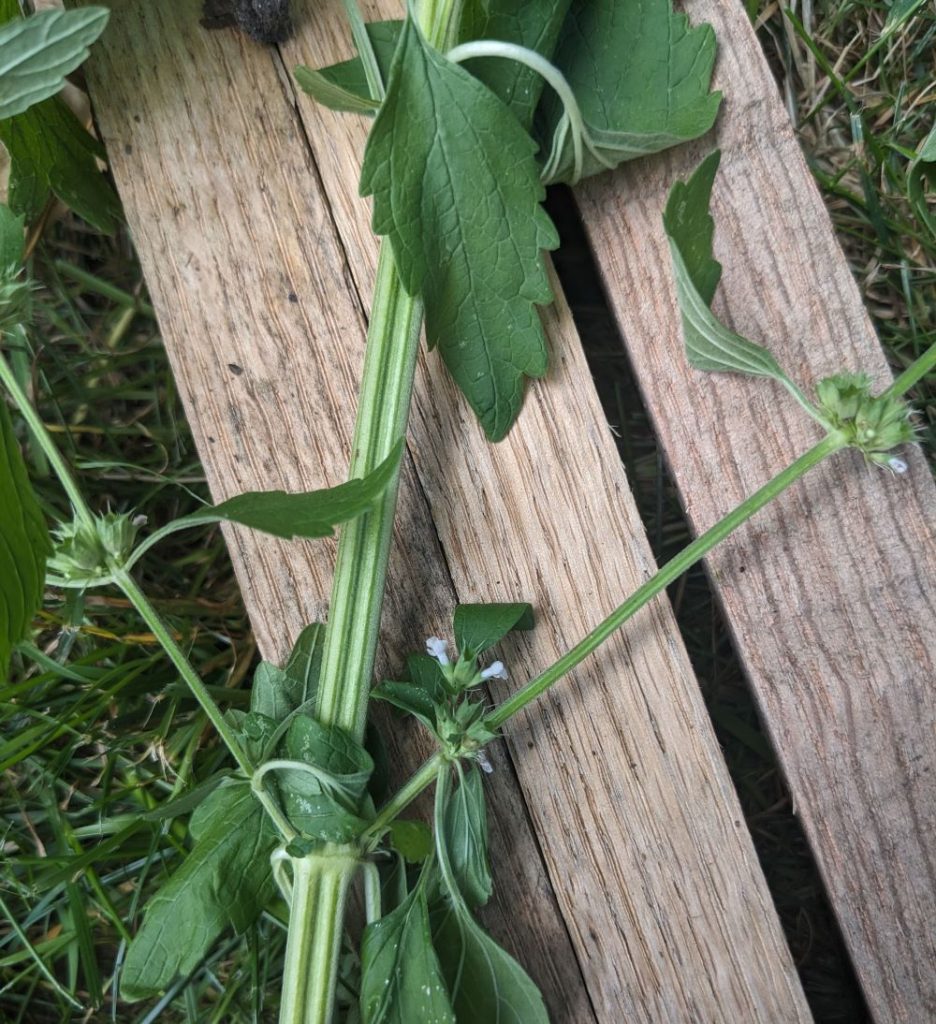
Motherwort and American Water Horehound have opposite leaf arrangements. Growing out at the same axils on opposite sides. Both plants have whorled clusters of flowers that also produce at these axils. American Water Horehound usually has dainty white flowers, whereas Motherwort can range in color from light pink to purple. But it is easy to mistake the white flowers of Horehound for light pink. Making misidentification even easier.
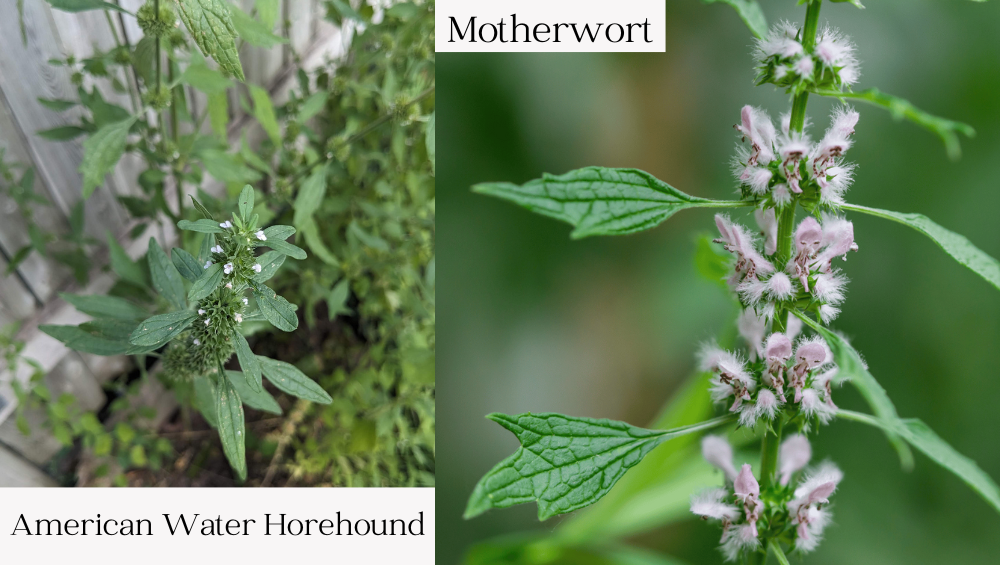
Observing Leaf and Flower Traits for Motherwort and American Water Horehound
The leaves of Motherwort and American Water Horehound can change as you head to the top of the stalk. In both plants, the leaves will be more lobed towards the bottom. Then less to almost none as you reach the top. Now, the leaves are where we can start to help us differentiate between Motherwort and American Water Horehound.
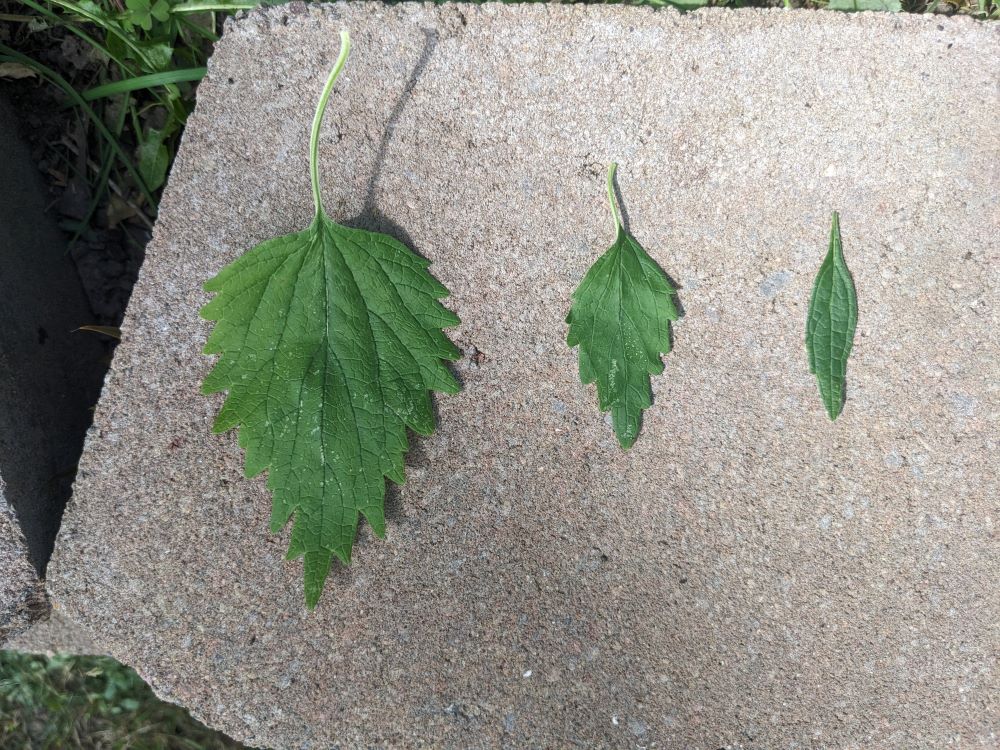
The leaves of Motherwort towards the base will have more pronounced lobes, and the leaf layout will be in a palmately lobed pattern, with 3-5 lobes – versus American Water Horehound, which will display many more lobes. This is one of the ways I now use to help identify between Motherwort and American Water Horehound.
As you move up the square stem, you will notice that the lobes on both plants will start to lessen in frequency and number. American Water Horehound will have almost no lobes once towards the top, whereas with Motherwort, you will still see some lobed margins; generally, the lobes of the leaves found on motherwort will be more pronounced than the very similar American Water Horehound.
One tell-tale way to know you have Motherwort is that the leaves at the top will start to look like trifid leaves, with three distinct lobes. American Water Horehound will show almost a smooth margin, with minimal lobes, if any. Both plants will display wider leaves at the bottom, and then the leaves will gradually become thinner as you reach the new growth at the top of the plant.
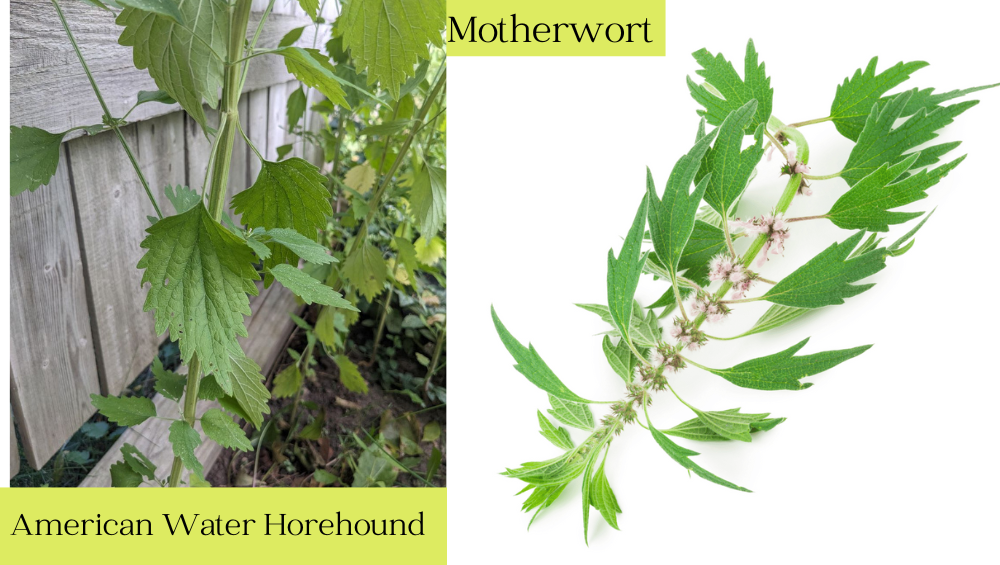
Now, while both flowers are tubular, the one aspect that made me question what plant I had was that the cluster of blooming flowers was far less on the American Water Horehound. As you can see with Motherwort, the flowers are usually showier. But due to the lower amount of rain, we had this last summer, it was easy for me to explain why this still could have been motherwort even though my plant displayed far less beautiful blooms.
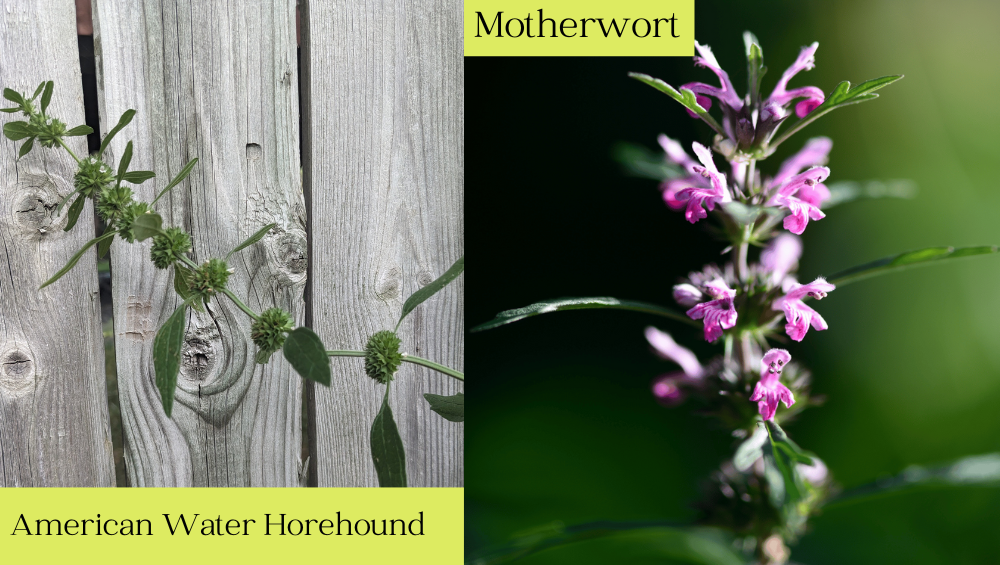
So, when identifying Motherwort and American Water Horehound, the leaf arrangement and flower appearance will be the main areas to compare. If you are foraging in the wild and know you will use either plant, then take only what you need and identify concretely when you are back home with more resources. If you are only looking for one or the other, take a full stem with leaves to take back home to identify. Then come back and forage if it’s the one you’re looking for.
The nice thing is that American Water Horehound and Motherwort have some of the same medicinal and therapeutic actions.
American Water Horehound is indicated as an astringent, hypoglycemic, mild narcotic, and mild sedative, and also can help slow and strengthen heart contractions. It also has been used for soothing coughs and thyroid issues.
Motherwort may help with heart conditions, such as heart failure, irregular heartbeat, fast heartbeat, and heart symptoms due to anxiety. It is also used for the absence of menstrual periods, intestinal gas, and an overactive thyroid or hyperthyroidism.
Motherwort is not advised to be used by those who are or plan to be pregnant or have heavy menstrual cycles. So, if you are looking for an alternative to Motherwort, American Water Horehound may be a plant to explore more.
Here is more information on American Water Horehound
Wishing you love, light and inner peace babes ✌🌈✨💜
- Understanding the Different Types of Magnesium and Their Benefits
- How To Make Herbal Preparations: A Beginner’s Guide to Making Magical Herbal Remedies
- Exploring Herbalism: A Beginner’s Guide
- Unlocking SSRI Medication: How They Work and Herbs You Should Avoid
- Understanding Anxiety: Causes, Symptoms & Natural Relief Techniques
